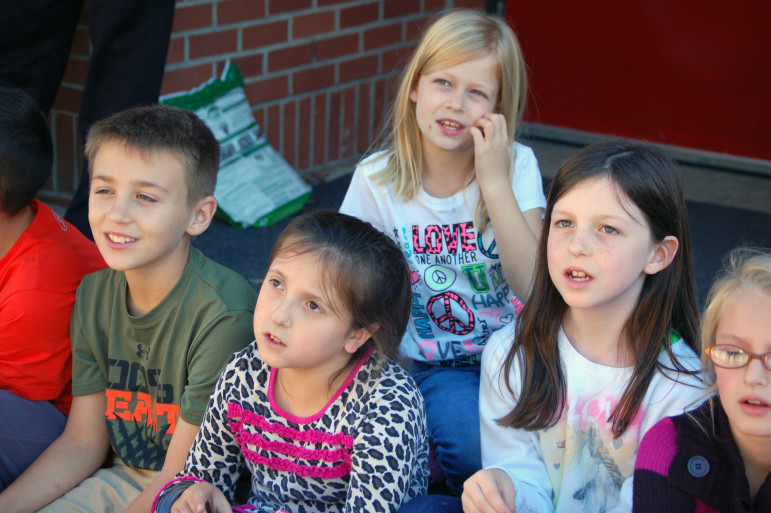
Photos courtesy of Redhound Enrichment
A Corbin, Kentucky, after-school program, Redhound Enrichment, is seen as a model for successful year-round work in boosting kids’ reading skills.
The numbers don’t sound good. More than 60 percent of American public school students aren’t reading proficiently for their grade level, based on National Assessment of Educational Progress (NAEP) scores. Students from low-income families are even less likely to be proficient, based on NAEP scores.
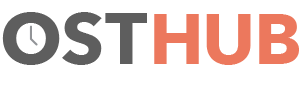 Increasingly, out-of-school time is seen as a solution, since schools cannot succeed alone, according to the Campaign for Grade Level Reading, a project supported in part by the Annie E. Casey Foundation. And the Afterschool Alliance, an advocacy group promoting access to after-school programs, sees a year-round focus on literacy as important in addressing the reading skills of students.
Increasingly, out-of-school time is seen as a solution, since schools cannot succeed alone, according to the Campaign for Grade Level Reading, a project supported in part by the Annie E. Casey Foundation. And the Afterschool Alliance, an advocacy group promoting access to after-school programs, sees a year-round focus on literacy as important in addressing the reading skills of students.
That’s where Redhound Enrichment comes in. This program in rural Corbin, Kentucky, serves as a model for using after-school and summer hours to boost kids’ reading ability.
In March the program won the $10,000 Dollar General Afterschool Literacy Award, and in April the Afterschool Alliance featured the program in a webinar focusing on year-round literacy education.
Redhound is located in the Corbin Independent Schools district, which has become one of the top-five-performing districts in Kentucky. “We attribute [the district’s performance] a lot to the after-school program,” said Redhound executive director Karen West, who is also curriculum supervisor for Corbin Independent Schools.
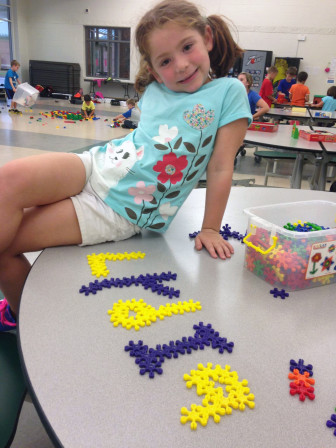 In the 2014-15 school year, all the struggling students in Redhound Enrichment improved their reading grades. Half the students who previously performed below their peers ranked as proficient on the state’s reading exam, according to the Afterschool Alliance.
In the 2014-15 school year, all the struggling students in Redhound Enrichment improved their reading grades. Half the students who previously performed below their peers ranked as proficient on the state’s reading exam, according to the Afterschool Alliance.
During the school year, Redhound’s after-school instruction is aligned to the classroom curriculum, with a focus on providing homework and testing support, West explained in the Afterschool Alliance webinar. Lessons are project-based and tied to curriculum.
In the summer, instruction is aimed at gaps in student knowledge. Project-based activities are a week long and tied to themes. Redhound also offers a six-week literacy boot camp during its 10-week summer program.
Original purpose was to serve latch-key kids
Redhound Enrichment was started by the school district in 1991, and the program has strong links to what kids are doing during the school day. The program integrates literacy into hands-on activities offered after school. It also makes wide use of community resources.
In a school district of 3,000 students, Redhound Enrichment serves 1,000 of them in programs organized by developmental age of students (for example, early primary, elementary, middle school and high school).
The program does not just support academics, however. “We take a whole child approach,” West said.
“Not every child connects with school,” she said. The program is intentional in helping them find a connection, whether with an adult, or a particular interest or passion.
The program receives funding through a 21st Century Community Learning grant.
The after-school program was organized mainly to create a safe place for kids after the district learned that 88 percent of students in the district were latchkey kids, West said.
“There are no Y clubs, Boys & Girls Club or even a lot of child care providers [in the area],” she said.
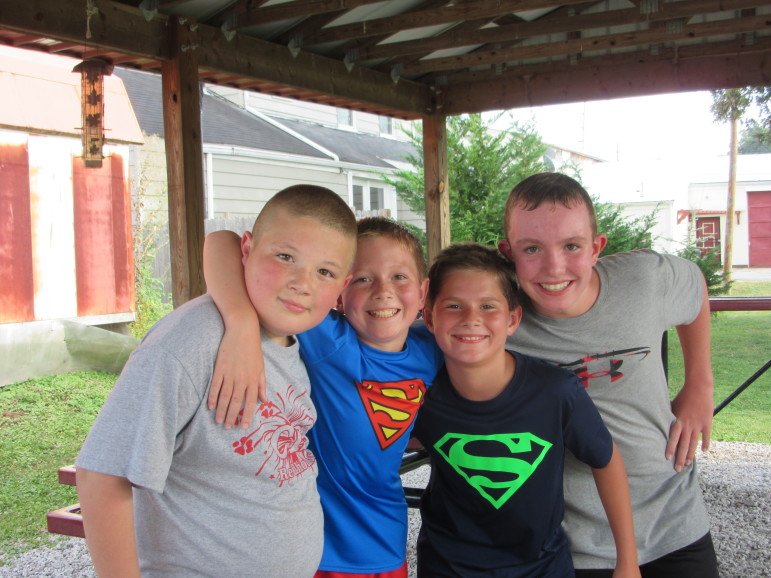
Redhound added a literacy program in the mid-1990s. “We just saw the opportunities we were missing,” West said. The program started tracking students’ school-day performance to see what the kids needed.
With six full-time and 25 part-time staff, Redhound Enrichment now has sites in four schools in the district, one public-housing complex and in a neighboring Knox County school.
Individual support, links to schools
The elementary after-school program starts with a short period of physical activity, then 45 minutes of homework time, followed by two 45-minute enrichment activities. After that, kids can choose an activity.
The program focuses on providing individual support to kids based on their needs, particularly during homework time.
“We use a lot of small-group instruction,” West said.
The project-based activities all have a reading component.
For example, in a multiweek lesson on structure, kids investigated how plant cells keep plants upright, how bones hold people up and how buildings are supported. During each activity, kids took several minutes to work in pairs and gather information from text on an iPad.
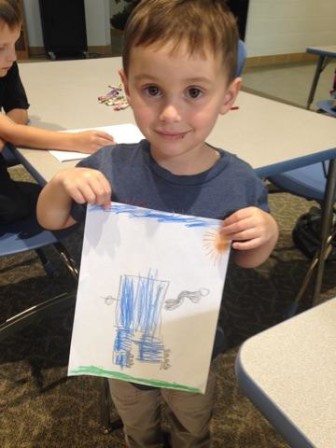 “Whatever they do, they integrate literacy,” West said.
“Whatever they do, they integrate literacy,” West said.
Enrichment activities are project-based, hands-on and quite active, West said.
“We are not mimicking the traditional school-day set-up,” she said.
However, close collaboration with the school day is a crucial component of the program.
“Our staff know what the lessons are,” West said, and they build activities around them.
They look at each child’s homework folder each day. If things aren’t going well, they go straight to the teachers, she said.
Community collaborations
In 2008, Redhound received an Excellence in Summer Learning Award from the National Summer Learning Association for its successful collaboration with community partners.
The public library is a major partner, as is the local Cooperative Extension Service.
The library is the expert on “engaging, high-interest materials,” West said. “They come in with a lot of programs.”
The extension service is an expert on health and nutrition, West said. It contributed, for example, by sponsoring a build-a-dessert booth at Redhound’s festival-like event in the fall, held in connection with the national Lights On Afterschool. At the booth, parents and kids created tasty, healthy desserts and went home with a recipe booklet.
Older kids
The after-school program at the district high school, serving 250 students, meets in the school’s media center, which has an open design, allowing varied activities.
“We have an open door policy,” West said. For older students “you’ve got to create an environment that’s not real structured and rigid,” she said. The students choose activities they want to pursue.
[Related: Keeping Adolescents Engaged: What Can After-School Programs Do?]
But the program is also intentional in offering some specific activities, for example, a two-week test-prep boot camp ahead of the June ACT testing date.
Kids are also active after school in the high school drama program, which offers four large performances each year.
Middle school students come over to the open-door program and take part, particularly in drama activities.
West said Redhound will use the award from Dollar General to further integrate literacy into Redhound Enrichment activities.

























